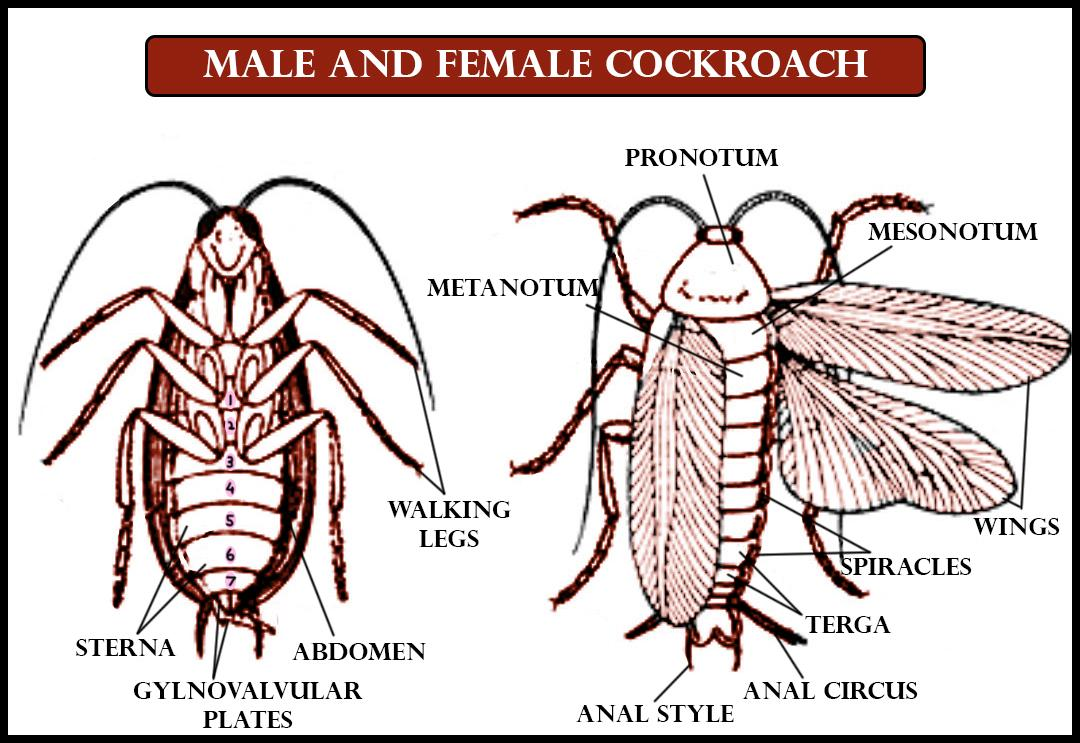
Which feature is not a characteristic of Protochordata?
(a)Bilateral Symmetry.
(b)Coelom.
(c)Notochord.
(d)Jointed legs.
Answer
576.6k+ views
Hint: Protochordate is an informal category of organisms to explain the invertebrates that are closely associated with vertebrates.This group composed of the Phylum Hemichordata and also the Subphylum Urochordata and Cephalochordata.
Complete answer:
Jointed appendages are the characteristic feature of Arthropoda which has most of the insects. This group consists of the Phylum Hemichordata and the Urochordata and Cephalochordata.
The Phylum Hemichordata has marine worms that share some, but not all of the characteristics of chordates. These animals have pharyngeal gill slits and a dorsal nerve cord, which is typically solid. The three body parts of them are proboscis, collar, and trunk. What was once thought to be a notochord is no longer considered homologous. Acorn worms are samples of hemichordates.
The Urochordates and Cephalochordates are protochordate but belong to the Chordata.
Jointed legs are the characteristic of Arthropods, Notochord is the character of Chordata, bilateral symmetry is the division of an organism into 2 equal halves when passed through the centre.

So, the correct answer is, “Jointed legs.”
Note: - These animals have some pharyngeal gill slits and a dorsal nerve cord, which is usually solid. What was once thought to be a notochord is not any longer considered homologous. Acorn worms are examples of hemichordates.
-The main difference between chordates and protochordate is that the chordates are the animals that have distinct characteristics such as a notochord, dorsal nerve cord, pharyngeal slits, and a muscular tail whereas the protochordate is an informal group of invertebrates within chordates.
Complete answer:
Jointed appendages are the characteristic feature of Arthropoda which has most of the insects. This group consists of the Phylum Hemichordata and the Urochordata and Cephalochordata.
The Phylum Hemichordata has marine worms that share some, but not all of the characteristics of chordates. These animals have pharyngeal gill slits and a dorsal nerve cord, which is typically solid. The three body parts of them are proboscis, collar, and trunk. What was once thought to be a notochord is no longer considered homologous. Acorn worms are samples of hemichordates.
The Urochordates and Cephalochordates are protochordate but belong to the Chordata.
Jointed legs are the characteristic of Arthropods, Notochord is the character of Chordata, bilateral symmetry is the division of an organism into 2 equal halves when passed through the centre.

So, the correct answer is, “Jointed legs.”
Note: - These animals have some pharyngeal gill slits and a dorsal nerve cord, which is usually solid. What was once thought to be a notochord is not any longer considered homologous. Acorn worms are examples of hemichordates.
-The main difference between chordates and protochordate is that the chordates are the animals that have distinct characteristics such as a notochord, dorsal nerve cord, pharyngeal slits, and a muscular tail whereas the protochordate is an informal group of invertebrates within chordates.
Recently Updated Pages
Why are manures considered better than fertilizers class 11 biology CBSE

Find the coordinates of the midpoint of the line segment class 11 maths CBSE

Distinguish between static friction limiting friction class 11 physics CBSE

The Chairman of the constituent Assembly was A Jawaharlal class 11 social science CBSE

The first National Commission on Labour NCL submitted class 11 social science CBSE

Number of all subshell of n + l 7 is A 4 B 5 C 6 D class 11 chemistry CBSE

Trending doubts
What is meant by exothermic and endothermic reactions class 11 chemistry CBSE

10 examples of friction in our daily life

One Metric ton is equal to kg A 10000 B 1000 C 100 class 11 physics CBSE

1 Quintal is equal to a 110 kg b 10 kg c 100kg d 1000 class 11 physics CBSE

Difference Between Prokaryotic Cells and Eukaryotic Cells

What are Quantum numbers Explain the quantum number class 11 chemistry CBSE




